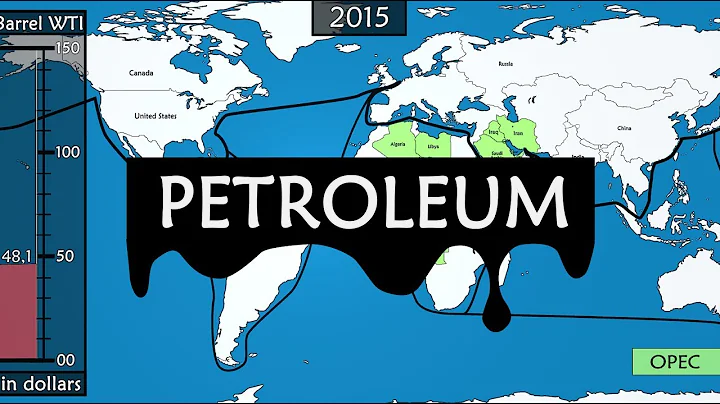Financial Website March 14: Brent crude oil futures rose to $67.80 per barrel, setting a new high this year. OPEC production cuts, US sanctions on Iran, Venezuela domestic situation intensified supply shortage expectations.

Related news:
API Crude oil inventories unexpectedly dropped significantly. U.S. crude oil gained a foothold at the 57 mark
Data released by the American Petroleum Institute (API) showed that U.S. API crude oil inventories unexpectedly decreased by 2.58 million barrels in the week ending March 8, and were expected to increase by 2.861 million barrels. barrels; gasoline inventories decreased by 5.8 million barrels, expected to decrease by 2.748 million barrels; refined oil inventories increased by 195,000 barrels, expected to decrease by 1.705 million barrels; U.S. crude oil imports decreased by 523,000 barrels/day to 6.4 million barrels/day last week. After the data was released, U.S. oil prices rose rapidly in the short term, regaining the $57 mark.
Since late February, U.S. crude oil has maintained a volatile trend. As the continued increase in U.S. crude oil production and OPEC+'s continued production cuts offset each other, the market needs further news to push forward in choosing a direction. Although U.S. crude oil briefly fell below the key support level of $55 due to poor non-agricultural data, oil prices were pushed up as Saudi Arabia said it would further cut production by 500,000 barrels per day on top of its previous production cut of nearly 800,000 barrels. Heading higher again. At the same time, as the EIA recently lowered its U.S. crude oil production forecast for 2019 and 2020, this has caused U.S. crude oil to rise further.
OPEC+ output continues to decline, and Saudi Arabia wants to cut another 500,000 barrels per day
According to a Saudi Arabian official familiar with the relevant policies, the scale of crude oil supplied by Saudi Arabia to customers in April will be much lower than their previous requirements, for the second consecutive year. implemented larger production cuts than agreed.
The official pointed out that Saudi Arabia's planned production in April is far less than 10 million barrels per day, and the output is expected to be similar to March; the country has lowered March output by 500,000 barrels per day based on February. In addition, refineries requested more than 7.6 million barrels per day of oil supply from Saudi Arabia in April. However, Saudi Arabia will supply less than 7 million barrels per day of oil to overseas customers, 635,000 barrels per day less than the refinery requires.
It is reported that Saudi Arabia has reduced production by nearly 800,000 barrels per day, completing the set goal required by OPEC at the December production reduction meeting. If Saudi Arabia further reduces production by 500,000 barrels per day on this basis, it means that Saudi Arabia alone will This completed all OPEC+ production reduction targets of 1.2 million barrels per day.
Venezuela suffered a power outage, and crude oil exports and production were hindered.
In addition to Saudi Arabia's significant production cuts, Venezuela suffered a large-scale power outage last weekend, which posed a further threat to the country's crude oil exports and also provided support to oil prices. Due to the power outage, The problem has affected most parts of Venezuela. According to Energy Aspects forecasts, Venezuela's national oil exports have been severely damaged, and its output may have dropped by half to about 500,000 barrels per day.
Analysts said that the more serious problem now is that if the power restoration work is delayed due to lack of funds and personnel, it may aggravate the decline of Venezuela's exports. It is reported that the country has suffered multiple large-scale power outages in recent years.
For more exciting information, please visit the financial website (www.jrj.com.cn)





















